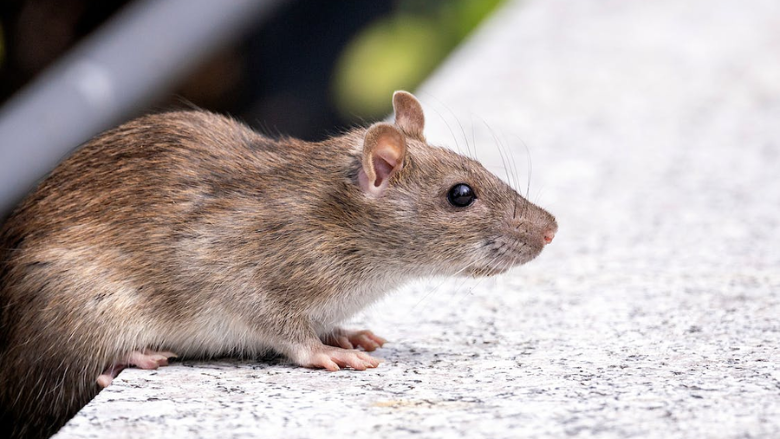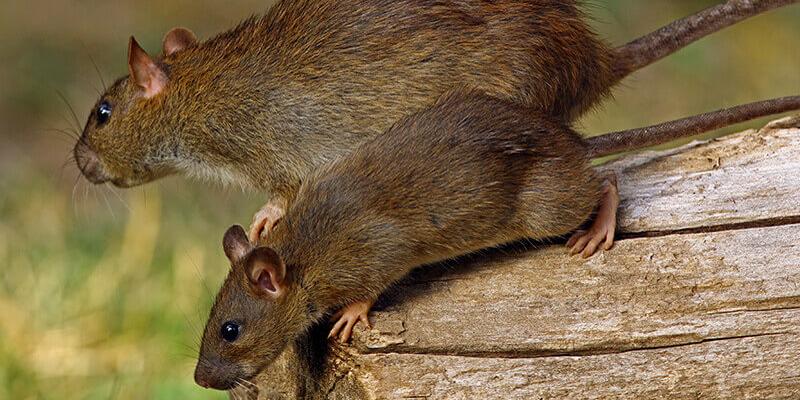AI Rodent Control in Catering Services: A Critically Conscious Look
Share
In the bustling environment of catering services, where precision and quality are paramount, the presence of pests, particularly rodents, can be disastrous. Enter the evolving landscape of AI rodent control in catering servicesa technology-driven solution that promises to revolutionize pest management by combining the prowess of artificial intelligence with practical pest control methods.
The initial encounter with AI-driven pest control systems often leaves many curious about their effectiveness and functionality. Becoming acquainted with its mechanisms can illuminate the reasons why it is considered a game-changer for catering businesses.

The Current State of Rodent Control in Catering
Traditional pest control methods have included an array of traps and chemicals, often posing a challenge to maintain due to the sensitive environment of food handling areas. While they have served us historically, these methods have limitations concerning continuous monitoring and timely intervention.
For catering services where the stakes are high, ensuring that rodents are kept at bay without disrupting service is crucial. This ensures not just the hygiene and safety of food but also the reputation and trust of clients.
Why Traditional Methods Fall Short
Conventional pest control often fails due to its reliance on periodic inspections rather than real-time monitoring. According to a recent article on pest control technology in the food industry, the need for more automated, scalable solutions is evident in the current strategy landscape. Busy service hours and complex layouts of catering locations mean missed spots can lead to disastrous infestations.
The Role of AI in Transforming Rodent Control
AI rodent control in catering services introduces a balance between automation and thoroughness. It enhances rodent detection and management processes through three main featuresreal-time monitoring, data-driven decision-making, and predictive analysis.
Real-time Monitoring
AI systems leverage connected devices to provide live updates on rodent activities, pinpointing their location, and immediately alerting the managing personnel. This immediate information flow minimizes response time, increasing the likelihood of successful intervention.
Real-time monitoring allows real-time pest detection in business environments like catering, crucial for maintaining a pest-free service area at all times. This ensures malfunctioning traps or newly detected activity don't go unnoticed.
Data-driven Decision-making
The integration of AI allows for more informed decisions by analyzing patterns from collected data, offering insights unseen in manual processes. For instance, learning the behavioral patterns of rodents in different environments can help in altering strategies for more effective control.
Predictive Maintenance and Cost Efficiency
Predictive maintenance leverages past data to predict when and where rodents are most likely to be active next. This proactively enables businesses to implement preventive measures ahead of time, avoiding potential damages and health hazards.
This efficiency translates to greater cost-effectiveness. AI systems reduce reliance on repeated human inspections and potential food loss due to contamination, promising long-term financial savings for caterers.
Implementations of this nature, as suggested in pest control strategies, emphasize optimizing the effort and resources spent on traditional methods while maintaining quality service in a catering context.
An Eco-friendly Approach
Additionally, AI's precise detection capabilities allow for targeted treatments, reducing the need for widespread chemical usage. This focused approach protects the ecosystem and ensures the integrity of food safety protocols. It's a nod towards more sustainable operations in an industry under scrutiny for environmental impacts.
Implementing AI Rodent Control in Catering Services
Implementing such advanced systems can initially seem daunting. However, thoughtful integration is key. Service providers guide in understanding hardware setups, and software processes, and navigating initial costs to create a custom solution that fits individual service needs.
A thorough understanding of the facility's layout alongside detailed assessments helps tailor the most effective pest control plan. Visiting resources like Automated Mouse Traps for Industrial Use further emphasizes the adaptability and scalability of these solutions in various workspaces.
The Road Ahead
The rise of AI rodent control in catering services marks a significant evolution in pest management. It not only promises a better-managed environment but also aligns with broader technological advancements across industries. As AI continues to evolve, so will its applications, making the unlikely alliance between technology and pest control an interesting narrative in the service industry.

FAQs
What are the advantages of using AI in rodent control?
AI provides real-time monitoring, increases efficiency through data analysis, curtails costs, and reduces environmental chemical usage. This ensures effective, sustainable pest management.
Can AI systems adapt to different catering environments?
Yes, AI technologies offer adaptability features that allow them to cater to unique layouts and service conditions. This is achieved by employing versatile algorithms that assess and respond to specific needs.
How does AI predictive analysis benefit the catering industry?
Predictive analysis enables proactive measures against infestations, reducing immediate risks and preventing potential revenue loss.
Businesses can ensure operational efficiency and uphold service quality devoid of rodent intrusions.
This article contains affiliate links. We may earn a commission at no extra cost to you.
